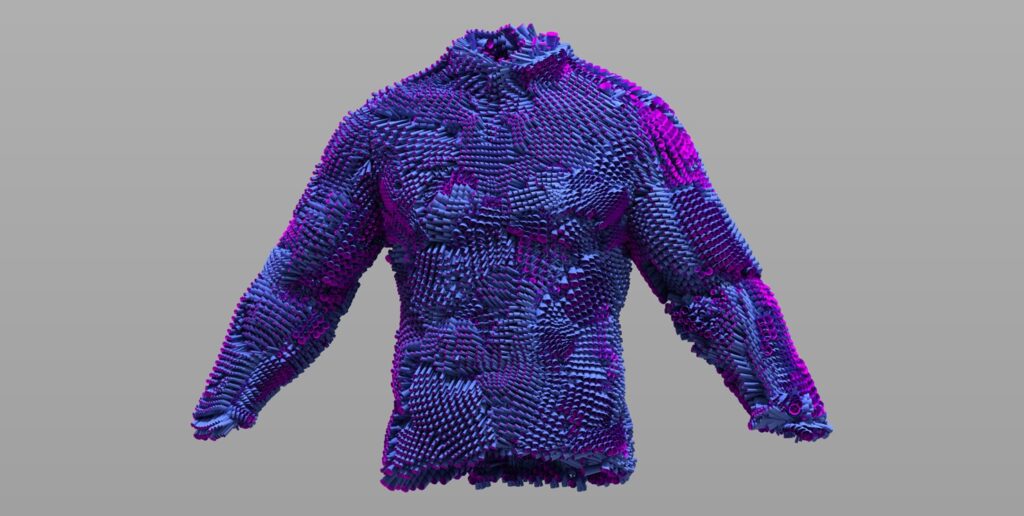In the field of fashion design, conventional methods rely on standardised garment shapes, thereby neglecting the nuances of human movement and sensory experience. Turning to somatic culture in design practice may be an appropriate answer to overcome this by increasing the attention to bodily movement and sensory experience.
Our partners from Coventry University and Deakin University explored the potential of the full-body haptic TESLASUIT in the design of digital and haptic materials by mediating human movement through the lens of soma design.
The research was presented at the Uncommon Senses IV Conference at Montreal in May 2023 that aims to highlight the relevance of the emergent understanding of the collision of the senses to thinking about some burning issues of our times as regards ecology, economy and aesthetics.
Research focus
The author of the research Julio Escudero, PhD student in the Cotutelle programme between Coventry University in UK and Deakin University in Australia, explores how the translation of human movement and sensory experience through wearable technology like the TESLASUIT could be used to replace the standardised garment form in the design and creation of fashion objects.

Through an interdisciplinary combination of methods from soma design*, interaction design and dance, this work presents new reproducible methods to help designers translate and incorporate human movement and sensory experience into the creative process of body-objects – bodily experiences.
(*Soma design is a term coined by Richard Shusterman to describe a process that allows designers to enhance and explore the connections between sensations, feelings, emotions, subjective understanding and values.)
The TESLASUIT is used as an interface to generate innovative forms and haptic materials, extending existing knowledge of the aesthetics of the soma and bringing a new critical perspective to the positioning of the experienced body in interaction design.
The full-body haptic suit enabled the researchers to collect motion capture data and provide haptic sensations to the participants. The combination of the suit’s technologies made it possible to access valuable information from the body in motion as well as to:
- examine the possibilities of madiating movement into bodily objects and haptic materials;
- explore the theoretical and practical implications of such mediation;
- shed light on how these translations from movement to haptics are reflected in bodily experience.
Research stages
The first part involves practical research into the experiential aspect of the designed haptic sensations. Quantitative data from motion capture and qualitative data are used to understand the relationships between numerical values such as frequency, amplitude, duration and intensity and their correlation with physical sensations. The data collected can also be useful for the development of haptic materials.

The second step is to directly collect motion data from the TESLASUIT’s motion capture system and look for possible translations into haptic materials, shapes, textures and even colours. The aim of this stage is to look for possible correlations that can be found or designed from the quantitative motion capture data to numerical values that generate haptic feedback. Such correlations could enable real-time translation of movement into haptics, for a moving body or as a means of communication between bodies, in the pursuit of innovative mediated haptic aesthetics of movement.
Conclusion
The creation of fashion objects based on bodily experience can transform the very practice of fashion design, generating innovative aesthetic and affective relationships between the designer’s body, the creative experience and the designed object, and establishing new values and meanings in the relationship between the designer, the object and the end user.
As mentioned by the researcher, the series of such iterations aims to optimise the methods and methodologies for translating somatic experience into bodily objects and haptic materials. In addition, the process will shed light on the potential of technological devices such as the TESLASUIT as mediators of felt experience and the ethical and aesthetic implications of each translation.
